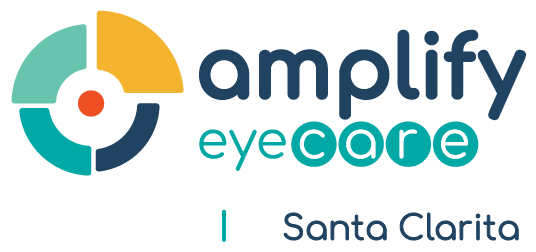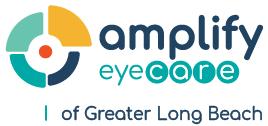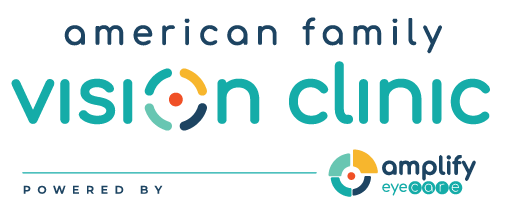SIGNIFICANCE
The challenges associated with clinical assessment of individuals with Down syndrome contribute to a wide range of estimates on the prevalence of keratoconus in the Down syndrome population. This work focuses on two topographical indices previously identified with keratoconus detection, applying them to a topographical data set meeting strict sampling criteria.
PURPOSE
The purpose of this study was to quantify the level of keratoconus-like topographical morphology in a large sample of eyes from individuals with Down syndrome, as identified by two keratoconus detection metrics: inferior-superior dioptric asymmetry (I-S) and KISA%. Severity of the asymmetry was also cast within the context of established Collaborative Longitudinal Evaluation of Keratoconus study disease severity classification criteria.
METHODS
Corneal topography data on both eyes of 140 subjects with Down syndrome and 138 control subjects were collected. Both I-S and KISA% were calculated from the topography data of eyes with sufficient sampling. Steep and flat keratometry data are reported for subjects with measurements on both eyes in the context of values recorded by the Collaborative Longitudinal Evaluation of Keratoconus study in frank keratoconus to examine within-eye and between-eye asymmetry and severity.





